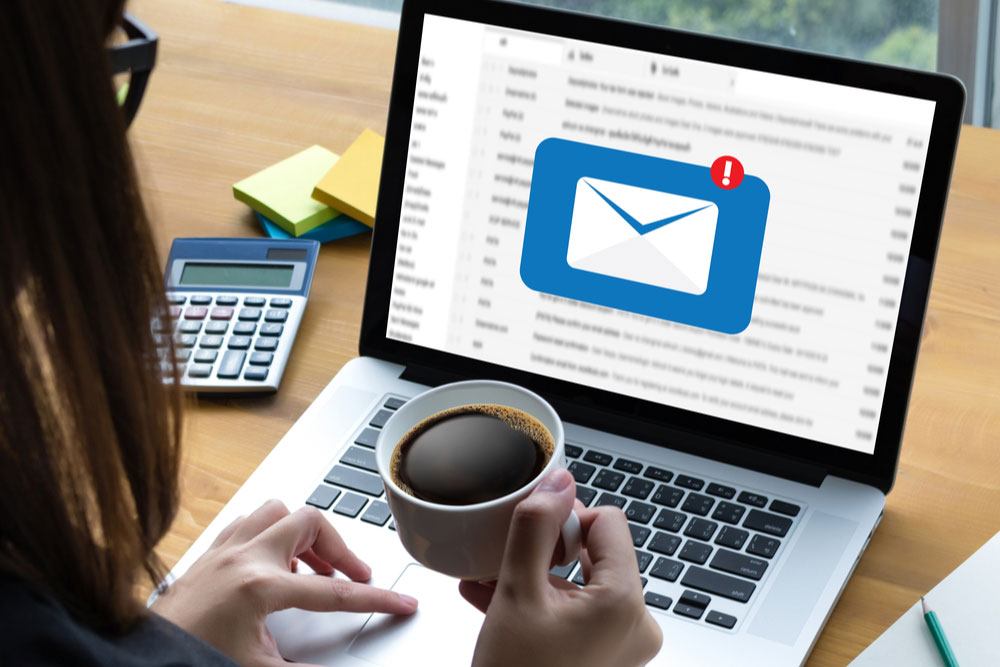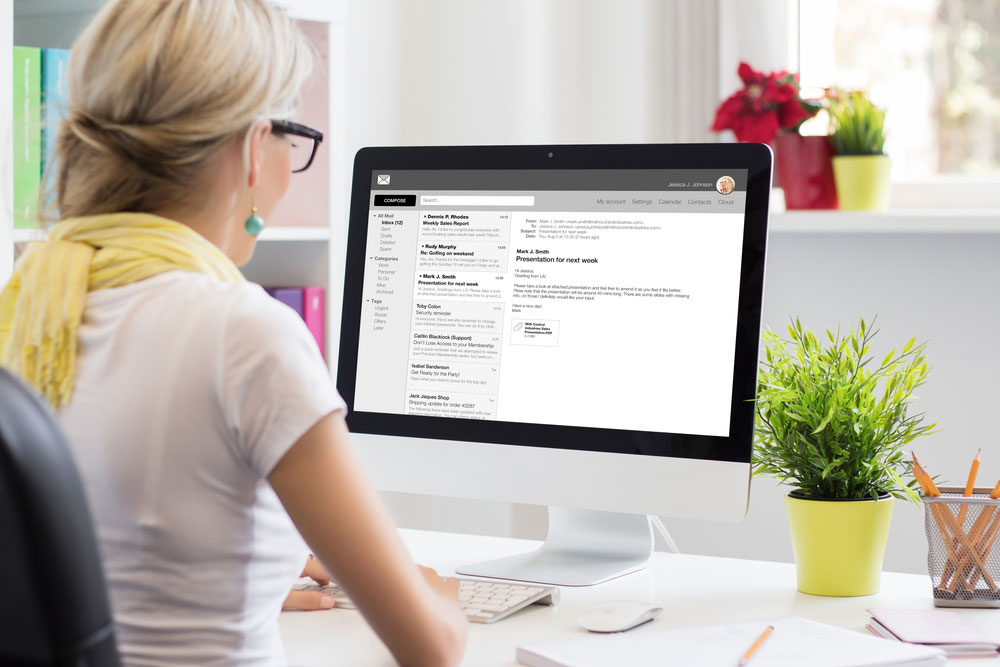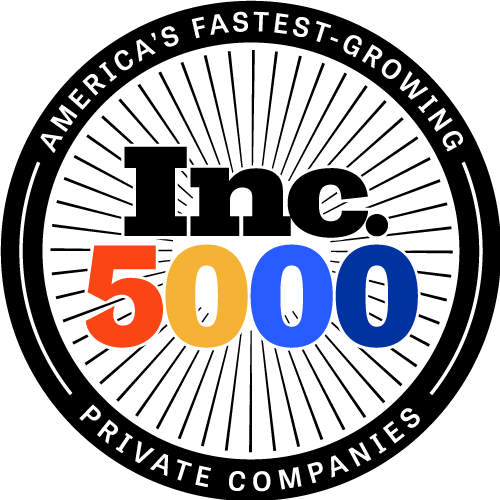B2C AND B2B EMAIL MARKETING DATABASES FOR DIRECT OUTREACH
125 million Gmail, Outlook, AOL, Yahoo, and iCloud opt-in emails available for acquisition with hundreds of demographic and interest selects
64M+ business emails available for direct communications with Owners, C-level, VP’s, Directors, Managers and Staff
B2C AND B2B EMAIL MARKETING DATABASES FOR DIRECT OUTREACH
125M+ Gmail, Outlook, AOL, Yahoo, and iCloud opt-in emails available for acquisition with hundreds of demographic and interest selects.
64M+ business emails available for direct company communications with Owners, C-level, VP’s, Directors, Managers and Staff.
DID YOU KNOW
The average American will change jobs every 4 years, move every 5 to 7 years, get a new email every 10 years, and change their mobile number once in their lifetime. Giant Partners replaces 100% of all non-deliverable email addresses after your first broadcast.
EMAIL DATABASE BEST PRACTICES

Triple email database validation includes:
- Removal of previously bounced email addresses
- Removal of known complainer email addresses
- Removal of catch-all, role-based and bot email addresses
Best Practice: Email address records should be updated, cleaned and refreshed every quarter to ensure your broadcasts are received, your CRM is up to date and your marketing platforms are high performing.
Did You Know? It’s best to send emails to husbands-and-wives, owners-and-assistants, influencers-and-decision makers as much as possible. This will result in the highest levels of response rates to email marketing campaigns.
» Request VIΛ Data Platform Demo. First Audience Free. Change Your World.
Is email address validation really that important?
Validating email addresses before broadcasting to to email databases is crucial for several reasons. First and foremost, email validation helps maintain the quality and deliverability of your messages. Sending emails to invalid or non-existent addresses can result in bounce-backs, which can negatively impact your sender reputation. High bounce rates can lead to your emails being flagged as spam or even blacklisted by email service providers, reducing the chances of your legitimate messages reaching their intended recipients.
Email validation also helps you save time and resources. When you send messages to invalid addresses, you waste valuable server resources and increase your email marketing costs. Validating emails ensures that you only target real, engaged recipients, maximizing your campaign’s efficiency.
Furthermore, validating emails enhances the user experience. Receiving irrelevant or unsolicited messages can be irritating and lead to user dissatisfaction. Valid emails ensure that your recipients are interested in your content, improving the chances of engagement and conversion.
Data accuracy is another critical factor. When you collect emails through various channels, errors and typos are common. Email validation helps correct and standardize these addresses, ensuring that your contact list is accurate and up-to-date.
Protecting your sender reputation is vital for long-term success in email marketing. A good reputation results in higher deliverability rates and a better chance of your emails landing in the inbox. Invalid email addresses, on the other hand, can damage your sender reputation, making it harder to reach your target audience.
In summary, email validation is a fundamental step in successful email broadcasts and communication. It ensures that your messages reach the right people, save resources, enhance the user experience, maintain data accuracy, and protect your sender reputation. Implementing email validation processes can significantly improve the effectiveness and reliability of your email campaigns.

Upload custom audiences with email address to match and directly target platform users across Meta (Facebook, Instagram), Google (PPC, Display, YouTube), Linkedin, Bing, LiveRamp, MNTN and more!
This technique ensures that all of your email prospects see communications across multiple advertising channels.
Custom audience lists (with validated email address) include:
> Mailing address (Street, City, State, Zip)
> Phone number (Verfied mobile)
> Gender
> Date of Birth
Did You Know? Targeting email lists across social, online and video advertising platforms ensures that your message is seen and will give you the greatest changes to drive conversions.
Does custom audience targeting with email databases improve digital marketing performance?
Custom audience targeting with email databases is a powerful advertising strategy used by digital platforms like Meta (Facebook and Instagram), Google (PPC, Display and YouTube), LinkedIn (Business and employee professional network, and MNTN (a programmatic advertising platform) to reach specific groups of users with tailored content. Each platform has its own approach to custom audience targeting, allowing advertisers to refine their ad campaigns and maximize their reach.
Meta: Meta offers custom audience targeting through its advertising platform, Meta Ads Manager. Advertisers can create custom audiences by leveraging user data from their website, mobile app, or customer lists. They can upload email addresses, phone numbers, or even website visitor data, allowing Meta to match this information with user profiles. Advertisers can further refine their custom audiences based on demographics, interests, and behaviors. This precision enables ads to be displayed to users who are more likely to engage with the content, resulting in higher conversion rates and reduced ad spend.
Google: Google’s custom audience targeting primarily utilizes the Google Ads platform. Advertisers can create custom audiences by integrating Google Analytics and importing data from their websites. They can target users based on their online behavior, such as pages visited, shopping cart abandonment, or engagement with specific content. Google also provides demographic and interest-based targeting options. Moreover, advertisers can leverage data from YouTube and Gmail to enhance their custom audience targeting, ensuring their ads reach users with relevant interests and behaviors.
LinkedIn: LinkedIn, a professional networking platform, offers custom audience targeting through its LinkedIn Advertising platform. Advertisers can create custom audiences based on professional characteristics like job titles, company size, and industry. LinkedIn also supports account-based marketing, allowing advertisers to target specific companies. This precision is particularly valuable for B2B marketing. Advertisers can also upload customer lists for matching or leverage website data to create retargeting audiences. LinkedIn’s custom audience targeting is an effective way to reach professionals with specific job roles and interests.
MNTN: Mountain is a programmatic advertising platform, offers custom audience targeting across various digital channels. Advertisers can create custom audiences by integrating their data or leveraging MNTN’s data partnerships. MNTN’s platform enables granular targeting options, such as geographic location, device type, and even contextual targeting based on the content of the web page. Advertisers can reach audiences at scale across display, video, and connected TV (CTV) inventory. MNTN’s AI-driven platform optimizes ad delivery to ensure maximum engagement and conversion.
In summary, custom audience targeting with email databases is a crucial feature across Meta, Google, LinkedIn, and MNTN, enabling advertisers to deliver highly personalized ads to their intended audience. Each platform provides unique tools and data sources to help advertisers refine their targeting, resulting in more effective and efficient advertising campaigns. Advertisers should carefully consider their goals and the characteristics of their target audience to choose the platform and approach that best suits their needs.

Emails containing personalization tokens (dynamic fields that are linked to target database) within subject lines and body copy have a signifcantly higher open rates than generic one-size fits all emails. Here are some examples of commonly used personalizations:
> B2C Email Database: Name, City, State, Occupation, Interests
> B2B Email Database: Employee name, Company name, Job title, City, State
Best Practice: Use subtle personalizations in every email broadcast. This will help you to deliver more messages across email service providers (Examples: Gmail, Outlook, ProtonMail, AOL, Yahoo, Zoho, iCloud) and drive more responses to your call-to-action.
Did You Know? On average, personalized emails achieve an impressive open rate of 29% and an outstanding click-through rate of 41% (source).
What are the top best practices for sending consumer and business email campaigns?
Business email marketing campaigns and consumer email marketing campaigns have distinct goals, audiences, and best practices. To effectively reach your objectives in both scenarios, it’s crucial to tailor your approach accordingly. Here are some best practices for each:
Top 10 Business Email Campaign Best Practices
1. Segmentation: Divide your business email list based on factors like industry, company size, or job role. Tailor your content to the specific needs and interests of each segment.
2. Personalization: Use recipients’ names, company names, and other personalized details to make your emails feel more relevant and engaging. Address the recipient’s pain points and offer solutions.
3. Professional Tone: Maintain a professional tone in your emails. Use proper grammar, avoid jargon, and focus on delivering valuable and insightful content.
4. Clear Subject Lines: Craft clear and concise subject lines that convey the value of your email. Make sure they don’t get caught in spam filters.
5. Educational Content: Business audiences appreciate informative content. Provide industry insights, whitepapers, case studies, and educational resources that help them solve problems and make informed decisions.
6. Call to Action (CTA): Clearly define what you want the recipient to do next. Whether it’s scheduling a demo, downloading an ebook, or signing up for a webinar, make your CTA compelling and action-oriented.
7. A/B Testing: Continuously test different elements of your emails, such as subject lines, CTAs, and content formatting, to determine what resonates most with your audience.
8. Timing: Send emails during business hours and avoid sending on weekends. Be mindful of time zones if your audience is international.
9. Optimize for Mobile: Many business professionals check emails on their mobile devices. Ensure your emails are mobile-responsive for a seamless experience.
10. Compliance: Be aware of and adhere to relevant data protection regulations, such as GDPR or CAN-SPAM, to avoid legal issues.
Top 12 Consumer Email Campaign Best Practices
1. List Quality: Build and maintain a clean email list. Verify email addresses and remove inactive or unsubscribed subscribers to improve deliverability.
2. Segmentation: Divide your consumer email list based on demographics, behavior, and preferences. Send personalized content and offers that align with each segment.
3. Engaging Subject Lines: Create attention-grabbing subject lines that pique the curiosity or emotion of your consumer audience. Emphasize benefits, discounts, or exclusive deals.
4. Visual Appeal: Consumers respond well to visually appealing content. Use images, videos, and vibrant designs to capture their attention.
5. Timing: Test different days and times to discover when your audience is most active and likely to open your emails. For consumer campaigns, weekends and evenings can be effective.
6. Promotions and Discounts: Consumers often seek deals and discounts. Include limited-time offers and promotions to entice them to take action.
7. Storytelling: Connect with consumers through compelling stories or narratives related to your products or services. Engage them emotionally and create a sense of brand loyalty.
8. Feedback and Surveys: Encourage consumers to provide feedback and engage with surveys to gather insights for continuous improvement.
9. Social Integration: Include social sharing buttons to encourage recipients to share your content, extending your campaign’s reach.
10. Automation: Use marketing automation tools to set up triggered emails, such as welcome emails, abandoned cart reminders, and follow-up emails, to nurture leads and improve customer retention.
11. Responsive Design: Ensure that your emails are mobile-friendly, as consumers often access emails on smartphones and tablets.
12. Unsubscribe Option: Always provide an easy way for consumers to unsubscribe if they no longer wish to receive your emails, respecting their preferences.
In both business and consumer email markting conquest campaigns, monitoring key performance indicators (KPIs) such as open rates, click-through rates, conversion rates, and engagement metrics is essential. Regularly analyze these metrics and adjust your strategy accordingly to maximize the effectiveness of your email campaigns in meeting your specific goals and objectives.
REQUEST FREE STRATEGY ASSESSMENT
Schedule a meeting below with an expert who will analyze your current marketing performance and make data-driven strategic recommendations to increase ROI. Call (800) 547-8080 or live chat below for immediate support.
ABOUT GIANT PARTNERS DATA DRIVEN MARKETING AGENCY
For 24 years we have helped 6000+ clients target proprietary B2C and B2B marketing databases via Postal, Phone, Email, Google, YouTube, Facebook, Instagram, X (Twitter) and LinkedIn advertising. We specialize in brand awareness, lead generation, and ROI optimization. We also collaborate with clients to design world class brands, develop high performing websites, and implement CRM solutions that get the job done.


